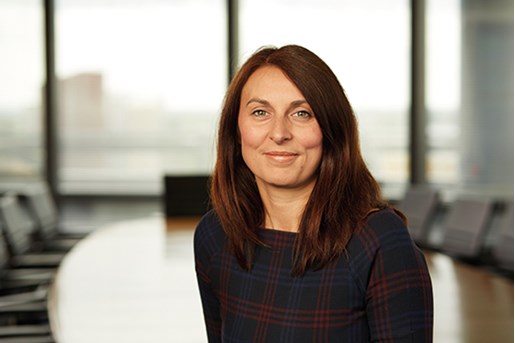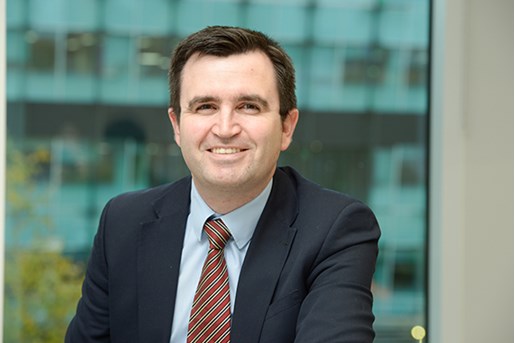The government has produced guidance to help ensure safety during the pandemic. The guides cover a range of workplaces including schools, nurseries and colleges.
Update - The Government guidance was updated on 24 June 2020 to reflect a relaxation of the 2m social distancing guidance in England to 1m plus risk mitigation where 2m is not viable, and to include references to support bubbles where relevant. The updated guidance also stresses the requirement for employers to complete a risk assessment which takes account of COVID-19.
Existing obligations
The guidance supplements existing health and safety duties and previous guidance for settings on Covid-19. Providers have a legal responsibility to protect workers and others from risk to their health and safety.
Staggered return of children from 1 June 2020
Children in priority groups (e.g. vulnerable children and children of key workers) are encouraged to attend settings now. It is currently anticipated from 1 June 2020 more children can return to settings (in some places in a staggered manner). This will be kept under review by government although planning by providers should take place now.
The aim for 1 June 2020 onwards:
- All childcare settings which have closed should work towards reopening.
- Primary schools to open for children in Nursery, Reception, year 1 and year 6, alongside priority groups.
- Secondary schools, sixth form and further education colleges to offer some face-to-face support (in small groups) to supplement the remote education of year 10 and year 12 students who are due to take key exams next year, alongside the full time provision they are offering to priority groups.
- Nurseries and other early years' providers, including childminders, to begin opening for all children.
- Alternative provision settings should mirror the approach being taken for mainstream schools.
- Special schools, special post-16 institutions and hospital schools will work towards a phased return of more children and young people without a focus on specific year groups.
- Aim to bring all primary year groups back to school before the summer holidays for a month if possible.
- Settings can give consideration to a temporary cap on numbers to ensure safety is prioritised.
- Settings have flexibility around how to integrate ongoing attendance of children in priority groups (e.g. where their year group has not returned).
Vulnerable groups
Children and staff who have been classed as clinically extremely vulnerable due to pre-existing medical conditions are not expected to attend.
Clinically (but not extremely) vulnerable staff should work from home where possible and parents should follow medical advice if a child is in this category. If such staff cannot work from home, they should be offered the safest available on-site roles, staying 2 metres away from others where possible and if not possible assessing and discussing with the relevant individual whether it is an acceptable risk.
Where a child or staff member lives with someone who is clinically vulnerable (but not clinically extremely vulnerable), including those who are pregnant, they can attend their setting.
If a child or staff member lives in a household with someone who is extremely clinically vulnerable, it is advised they only attend an education or childcare setting if stringent social distancing can be adhered to and, in the case of children, if they are able to understand and follow those instructions. If stringent social distancing cannot be adhered to, it is not expected that those individuals will attend.
Where staff and children should not attend, support is to be provided by settings for children to learn from home and staff to work at home (e.g. staff working from home are encouraged to support remote learning).
Considering and managing risk
Every setting is to carry out a risk assessment, directly addressing risks associated with coronavirus. Health and safety compliance checks are to be undertaken before opening. The focus within settings is to be on avoiding contact with anyone with symptoms, frequent hand cleaning/hand sanitiser available and good hygiene practices. There needs to be regular cleaning of settings and surfaces more than usual (particularly those being touched such as toys, books, desks, chairs, doors etc) and equipment/shared spaces particularly ahead of use by a different group of children. Contact and mixing should be minimised. Examples of ways to achieve this include using outdoor space, altering classroom layout with desks spaced 2m apart and altering timetables such as staggered breaks/lunches/drop off and collection. The use of shared resources is to be reduced. Throughout there is a need to ensure the highest standards of safety are maintained. Settings also need to have an awareness of the wellbeing of all staff. There is, however, no need to take the temperature of children attending a setting.
Social distancing/grouping of children
Settings must seek to reduce contact between children and staff as far as possible by mixing in small groups and keeping that small group away from other people and groups (including in shared spaces such as halls and dining rooms and no sports/games between different groups). Children are to stay in their new class/group where possible. In early years' settings, the staff to child ratios within the Early Years Foundation Stage continue to apply and the government recommend using these to group children.
In mainstream schools and college settings the basic principle is that classes should be halved (no more than 15 children per small group). Normally one teacher should be allocated to a group but if there are any teacher shortages then support staff may be used to lead groups, under the direction of a teacher. Where settings can keep children in those small groups 2m away from each other, they should do so. While in general different groups should be kept apart, brief, transitory, contact such as passing in a corridor is considered low risk. It is recognised young children cannot be expected to remain 2m apart from each other and staff. Shared spaces such as halls and dining areas are to be used at half capacity – designated groups can be staggered in these areas. Any setting that cannot achieve these small groups is directed to discuss options with their local authority or trust.
Displaying symptoms / testing
No staff, parents or children should attend a setting if they have symptoms or are self-isolating due to symptoms in their household. If anyone becomes unwell with coronavirus symptoms whilst in a setting, they should be sent home and prior to collection isolated in a room behind a closed door with adult supervision ideally with a window opened or if not possible at least 2m apart from others. Staff and pupils in all settings will be eligible for testing if they become ill with coronavirus symptoms, as will members of their households. A negative test will enable children to return. A positive test should result in the rest of that child's group being sent home and self-isolating for 14 days.
Attendance
Where eligible to attend, children are strongly encouraged to attend. There should be no fines to parents for non-attendance. Schools and colleges will not be held to account for attendance levels. Social workers are to be informed where children with a social worker do not attend. Attendance registers are to be taken and the online Education Setting Status form is to be completed still.
Curriculum/support to children
Early years' settings should use reasonable endeavours to deliver usual learning and development requirements. Schools should use best endeavours to support pupils attending school as well as those remaining at home. No school will be penalised if they are unable to offer a broad and balanced curriculum to their pupils during this period. Consideration is to be given by settings to pupils' mental health and wellbeing and settings should identify where additional support is needed for individuals.
Food
Schools should provide meals for all children in school. Settings are expected to reopen their kitchens and ensure that meals are able to be prepared and served safely. Meals or food parcels for benefits-related free school meal pupils not in school should continue to be provided.
Personal Protective Equipment (PPE) including face coverings and face masks
Wearing a face covering or face mask in schools or other education settings is not recommended. The majority of staff in education settings will not require PPE beyond what they would normally need for their work, even if they are not always able to maintain a distance of 2m from others. The exception to this is where a child becomes unwell with symptoms of coronavirus while in their setting and needs direct personal care until they can return home.
Transport
Use of public transport for travel to and from school / college should be minimised, especially at peak times. Everyone is encouraged to walk or cycle where possible to settings.





